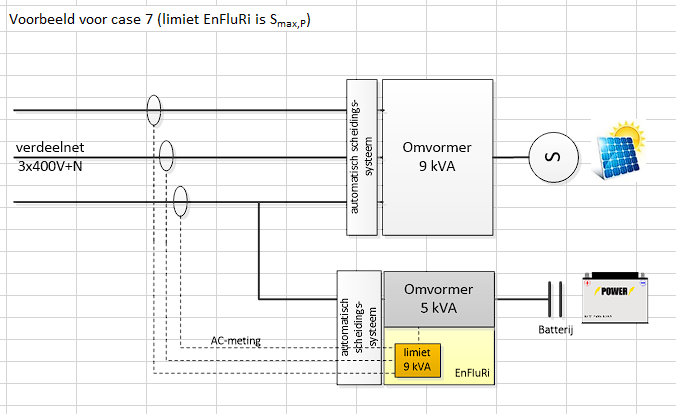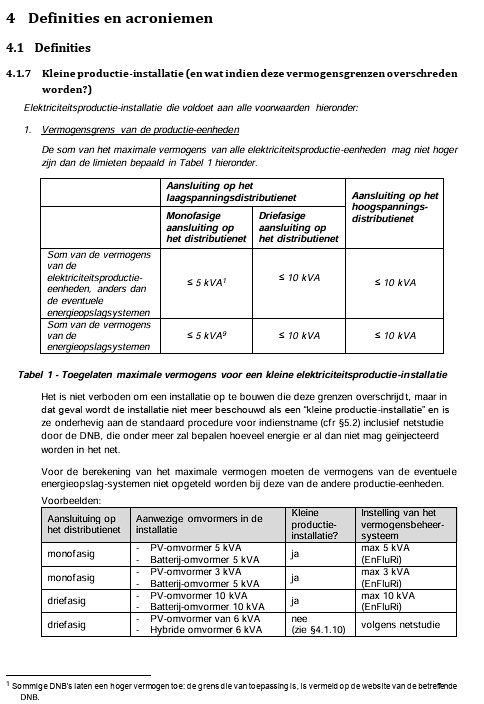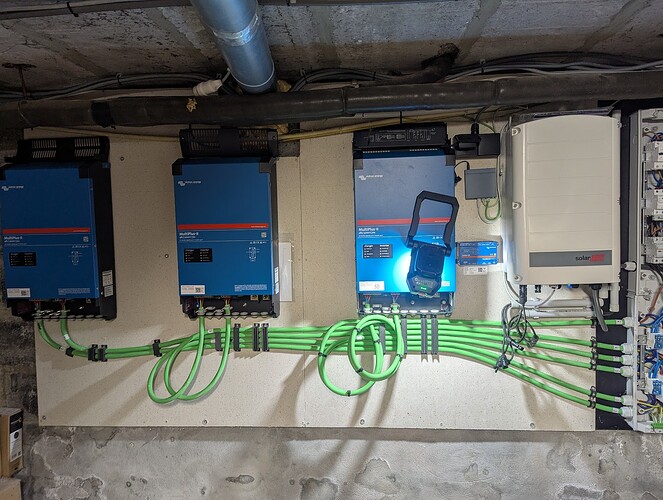Hi,
I have been researching the Victron EES system and the mandatory AREI inspections in Belgium.
Currently, I have an Enphase 3-phase EQ7+ setup with 19 panels, 5300WP, which has been AREI inspected and approved.
This winter, I plan to install a 3-phase setup in my garage, located 26 meters (cable length) away from the house’s electrical panel. For this, I intend to install two 5x6mm² ground cables (one for the return path) and some double-shielded CAT 7 Ethernet cables for network connectivity and potentially some other equipment.
On the roof of the garage I would like to install 4 550Wp panels that feed into the battery via a victron MPPT
I would like to utilize the Victron backup feature to have most of my house on backup power.
In the house’s electrical panels, I plan to separate some non-essential loads, such as my EV charger, while connecting the rest to the second 5x6mm² cable that returns from the garage to the house.
I have a few questions I’m unsure about, particularly concerning the mandatory AREI inspection:
- Will the additional 50+ meter length of 6mm² cable pose any issues (voltage drop, or otherwise)?
- Can I legally place my Enphase system on the backup side, allowing solar power to operate in the event of a grid outage?
- Can I use the Multiplus II 5000kVA, or is there still a 10kVA limit? If I place the Enphase system on the backup side, will that add to the 3x Multiplus 3000 = 9000kVA, potentially exceeding the 10kVA limit?
- Can Yixiang DIY Lifepo4 battery boxes with EVE Lifepo4 cells and a JK-BMS be approved? Do they even check the DC side during inspections?
- Are there any other Belgium-specific rules and pitfalls I should consider?
Kind regards,
Michel


